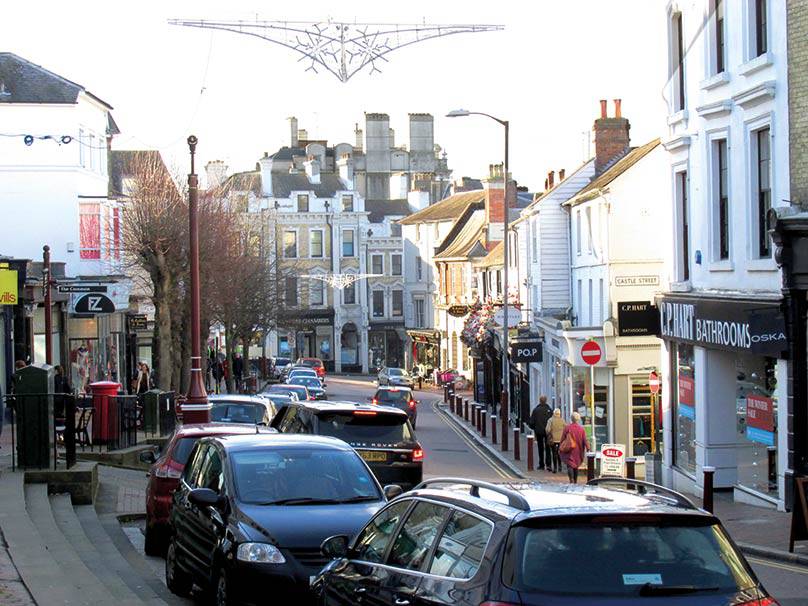Mixed fortunes for retailers and business owners with the publication of the latest revaluation of rates. Some will benefit from sweeping cuts while others face significant increases.
Previous predictions that the town would face double digit hikes across the board have proved unfounded, with borough council analysis claiming an ‘overall’ fall of two per cent for retailers.
However, the headline cut hides large variations between different sectors, streets and even neighbouring businesses.
Out of 30 High Street businesses checked by the Times at random, 21 will have to find extra money with the highest rise in rateable value being 21 per cent. This has taken the figure from £47,000 to £57,000.
Average rises in the High Street, where some businesses are struggling, are five per cent.
No reasoning is publicly available for how the Valuation Office Agency (VOA) assesses business rates on a case by case basis as the Commissioners for Revenue & Customs Act protects access to individual taxpayers’ information from third parties.
This has led one borough council official to state that ‘only the VOA’ can explain what has changed since its previous valuations in 2010 – despite the council being tasked with collecting the rates.
Those retailers operating within the Royal Victoria Place shopping centre will benefit from some of the largest cuts, which will fall on average by 23 per cent.
Rates on Camden Road will be mostly ‘unchanged’, while Monson Road will enjoy an average fall of seven per cent when the changes come into effect in April next year.
The Chief Financial Officer at Tunbridge Wells Borough Council, Lee Colyer, welcomed the respite afforded to many businesses.
“Tunbridge Wells is a thriving, economically attractive area due to the hard work of our local businesses. I was worried that this success would lead to us being penalised through higher bills.
“My general perception is that, thankfully, rates have actually gone down, although some businesses, such as car showrooms and large retail warehouses, appear to have gone up.”
Although he emphasised this was a ‘general’ observation, he said it still comes as a ‘relief’ for the council as the majority of the proceeds from any rises are redistributed by central government to other authorities in the country.
HOW BUSINESS RATES WORK
The VOA gives a rateable value to each non-domestic property and this is used by local councils to determine a property’s business rates. The rateable value is not the amount ultimately paid.
A property’s rateable value represents the rent it could have been let for on a certain date. It won’t be the actual rent paid on this date since there are many factors determining rental values.
It is then subject to a ‘multiplier’ which in England for 2014-2015 has a standard average value of 48.2p.
Therefore a business occupying a property that has a rateable value of £10,000 would pay 48.2p in the pound meaning a final bill of £4,820.








